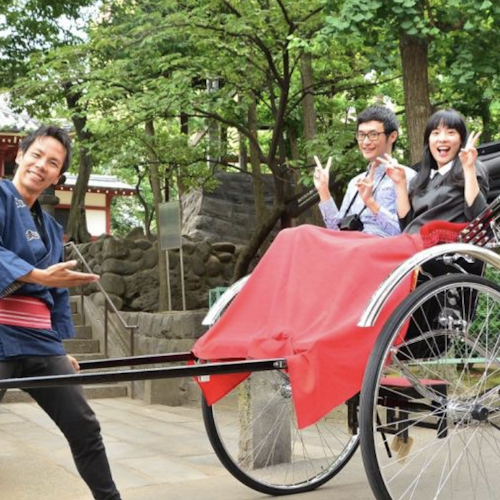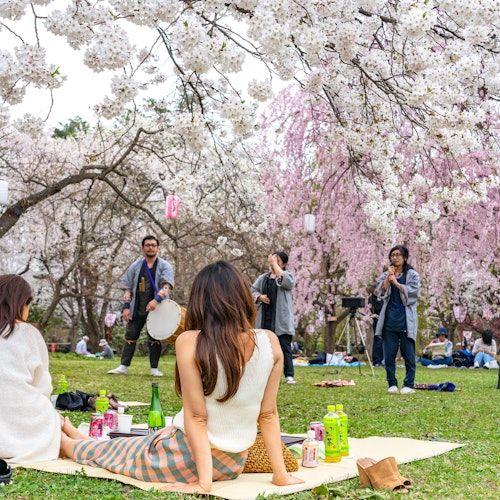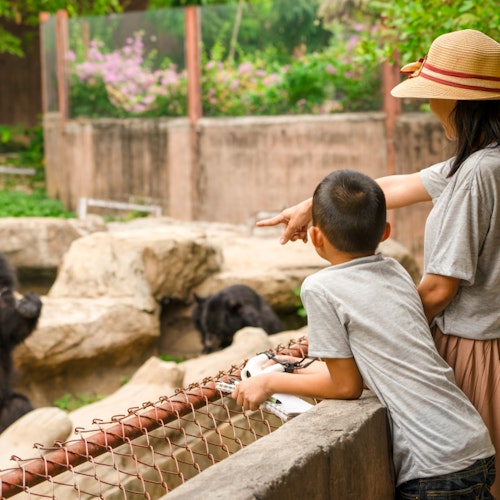
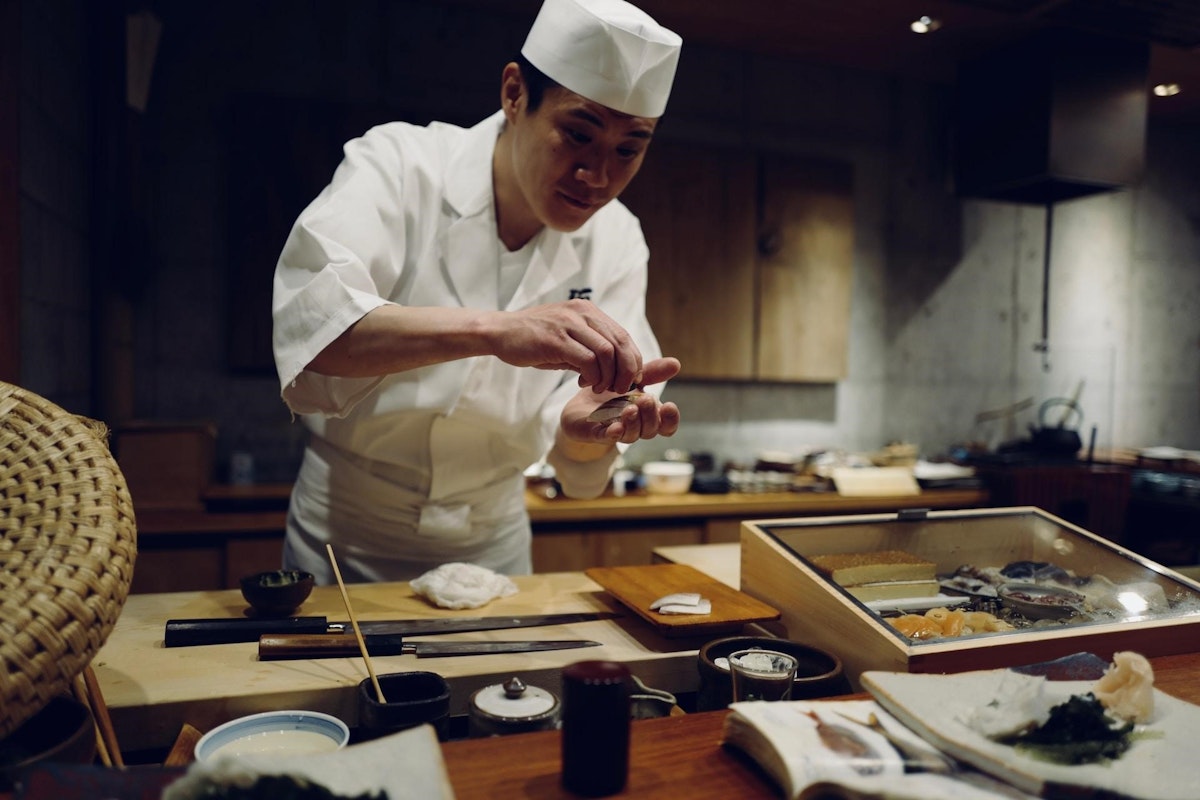
Japan is a food lover's paradise, a place where cuisine is celebrated as an art form, and dining is an experience to savor. From the world-famous sushi to the comforting bowls of ramen and the crispy delights of tempura, Japan's culinary scene offers something for everyone. Whether you are a seasoned foodie or just starting your gastronomic journey, exploring Japan's best cuisine is an adventure not to be missed.
In this article, we'll take you on a journey through the flavors and traditions of Japan's most iconic dishes, from street-side vendors to high-end restaurants. So fasten your seatbelt, grab your chopsticks, and get ready to discover the best of Japan's culinary delights!
Sushi has become a global sensation, loved by people all around the world for its freshness, flavor, and simplicity. Originating in Japan, this iconic dish has made its way into the hearts and stomachs of people worldwide. The secret to sushi's appeal lies in its simplicity, using only a few ingredients to create a masterpiece that's visually pleasing and delicious.
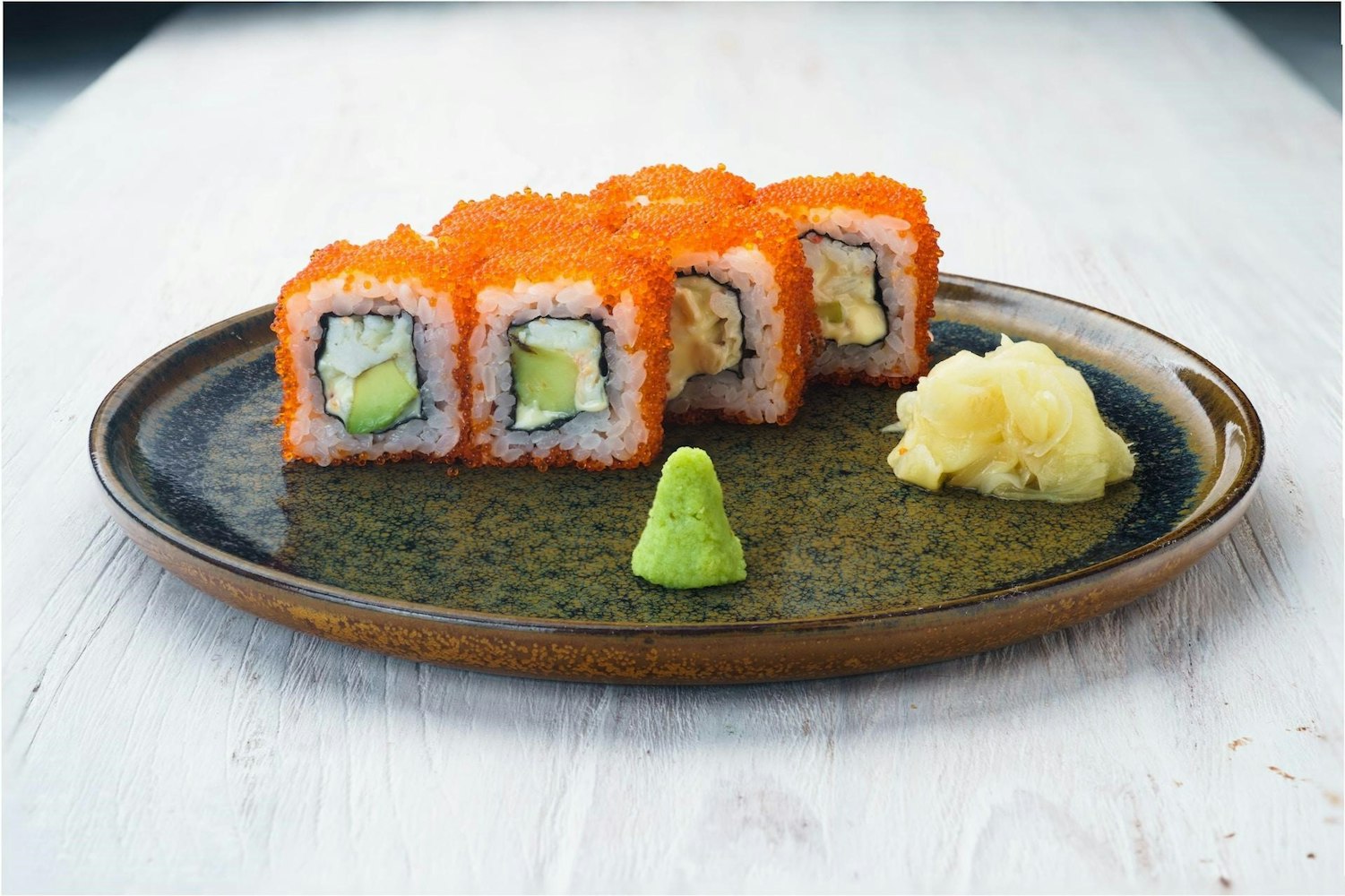
Sushi comes in various styles and flavors, each with its own unique characteristics. Here are some of the most popular sushi styles that you can explore:
Nigiri is the most traditional form of sushi, consisting of a small hand-formed ball of sushi rice topped with a slice of fresh fish. The key to perfecting nigiri is the balance between the rice and the fish, allowing the flavors to complement each other. The texture of the rice should be just right, not too hard or too soft. The fish should be fresh and of high quality, with a clean and sweet flavor. Nigiri is typically eaten with your fingers, allowing you to appreciate the texture and flavors of the fish.
Maki rolls are cylindrical-shaped sushi rolls that come with a variety of fillings, such as vegetables, seafood, or meat, wrapped in seaweed and rice. The fillings can be sliced into thin pieces to create a colorful spiral pattern, making it a treat for both the eyes and the taste buds. Maki rolls offer endless possibilities, with ingredients ranging from avocado to spicy tuna. They're perfect for those who want to experiment with different flavors and textures.
Temaki, or hand rolls, are cone-shaped sushi that is hand-rolled with a variety of fillings, such as seafood, vegetables, or meat. The best thing about temaki is that it can be customized to suit your taste preferences, making it a fun and interactive way to enjoy sushi.
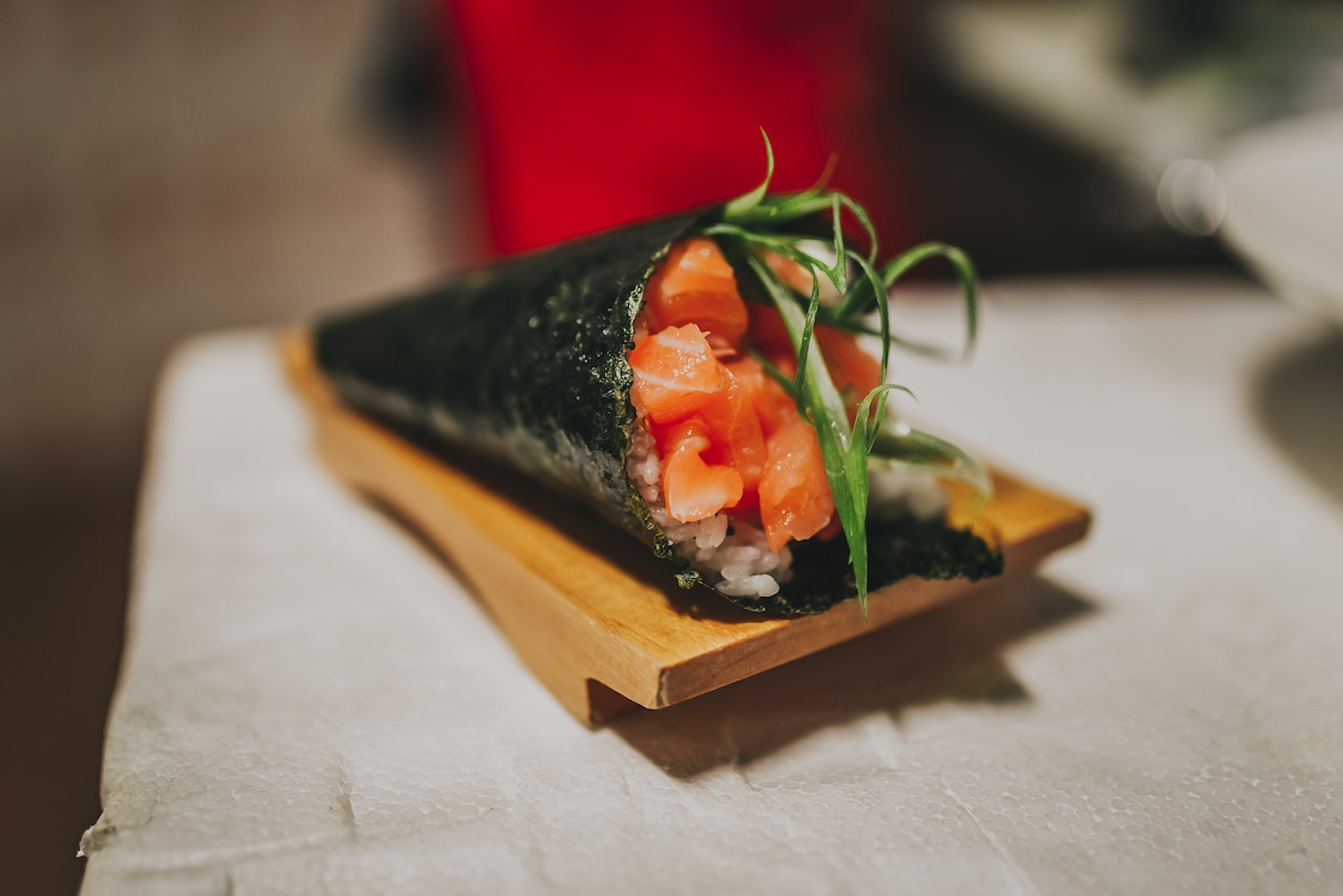
You can pick and choose your favorite ingredients and wrap them up in a sheet of nori (seaweed) to create a delicious sushi cone. It's perfect for those who want to enjoy sushi on the go.
Gunkanmaki, or battleship sushi, is a unique style that involves wrapping a strip of seaweed around a mound of sushi rice and filling it with a variety of toppings, such as sea urchin or salmon roe. The seaweed acts like a vessel, holding the toppings in place and creating a savory and satisfying bite. Gunkanmaki is perfect for those who want to enjoy the unique flavors and textures of seafood.
To truly savor the sushi experience, there are a few tips that you can keep in mind. Firstly, try to eat sushi with your fingers, as it allows you to fully appreciate the texture and flavors. Also, be sure to dip the sushi in soy sauce and wasabi sparingly, as the flavors should complement each other rather than overpower one another. Lastly, take your time and enjoy each bite, savoring the flavors and textures that make sushi such a unique and satisfying dish.
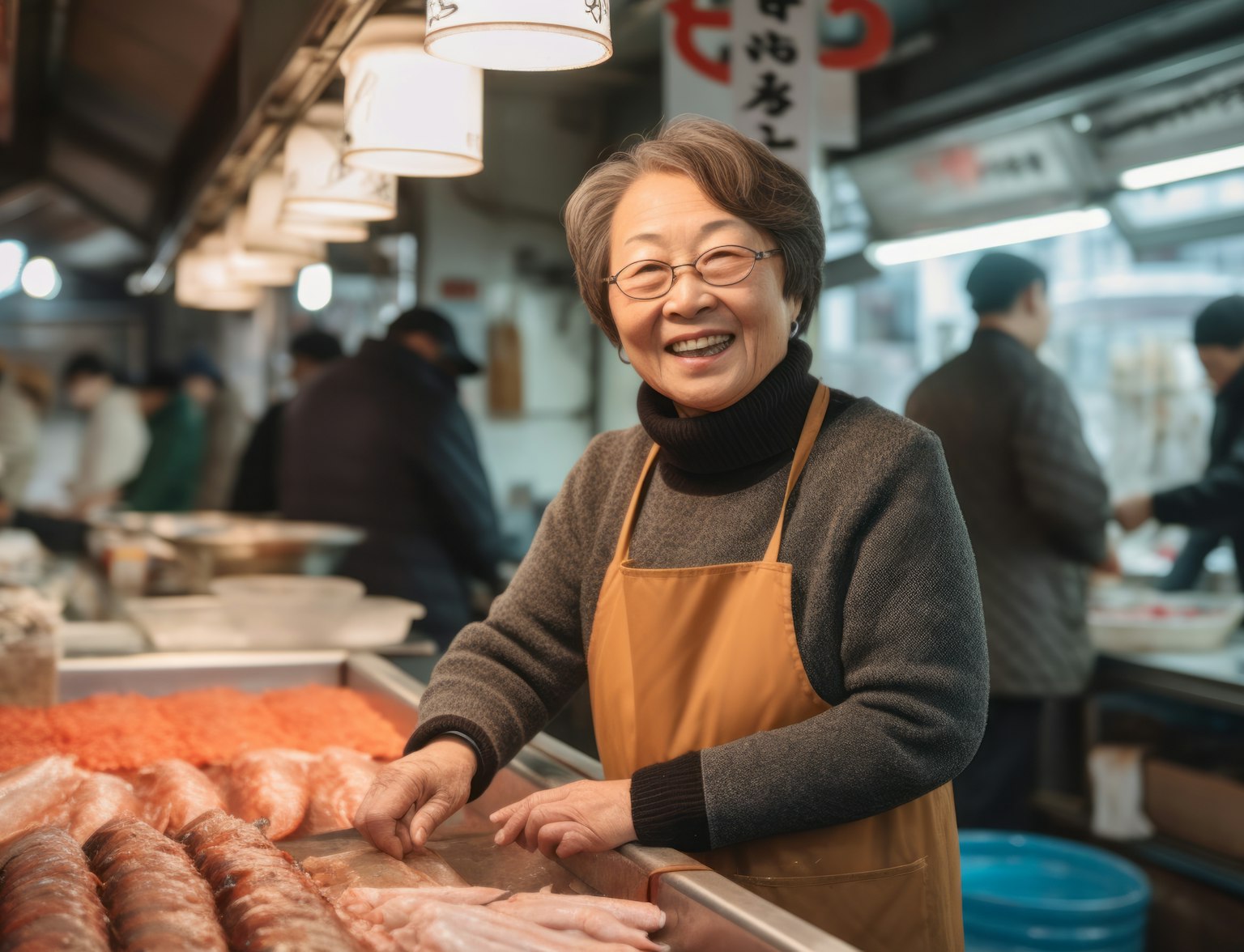
Perfect for sushi lovers.
Ramen is a beloved Japanese dish that has taken the world by storm with its comforting warmth, savory flavors, and endless variations. Today, we'll take a deep dive into the world of ramen, exploring its history, broth variations, customizable toppings, and regional specialties that will leave your taste buds begging for more.

Ramen has a fascinating history that dates back to the early 20th century, tracing its roots to the Chinese noodle soup dish called "la mian." After World War II, it gained popularity in Japan as an inexpensive and filling dish, leading to the rise of ramen stalls and shops. Instant ramen was invented in the 1950s, making ramen accessible to people worldwide. Today, ramen is a global sensation, with traditional and innovative flavors enjoyed by people worldwide.
When it comes to ramen, the broth is the heart and soul of the dish. A good broth can make or break the ramen experience, and there are several variations to choose from. Today we'll take a closer look at the different types of ramen broth and what makes each one special.
Tonkotsu broth is made by simmering pork bones for hours until the broth becomes rich, creamy, and full of umami flavors. This broth is perfect for those who crave a hearty and filling bowl of ramen. The process of making tonkotsu broth can be time-consuming, but the end result is worth the effort.
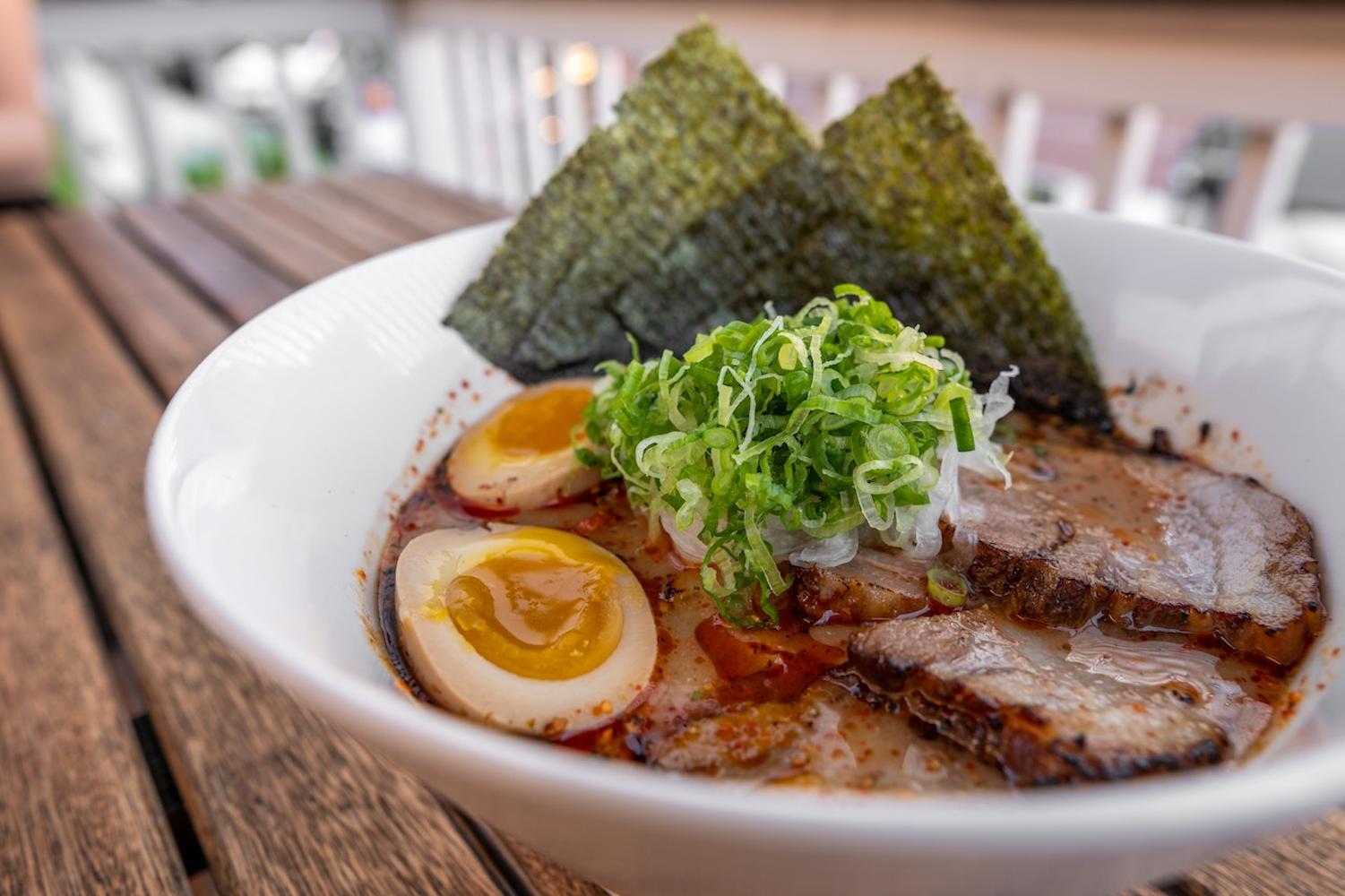
Shio broth is a clear and light broth that's made with salt and a variety of vegetables and meats. This broth is perfect for those who prefer a lighter and more delicate flavor. Shio broth is typically made by simmering the ingredients for a shorter amount of time, which results in a clearer and lighter broth.
Miso broth is made with fermented soybean paste and a variety of vegetables and meats. This broth has a satisfying and earthy flavor that's perfect for those who enjoy a rich and savory bowl of ramen. Miso broth is typically made with a darker soybean paste, which gives it a deeper and more robust flavor.
Shoyu broth is made with soy sauce and a variety of vegetables and meats. This broth has a slightly sweet and salty flavor that's perfect for those who enjoy a classic and comforting bowl of ramen. Shoyu broth is typically made with a blend of soy sauce and other seasonings, which gives it a complex and layered flavor profile.
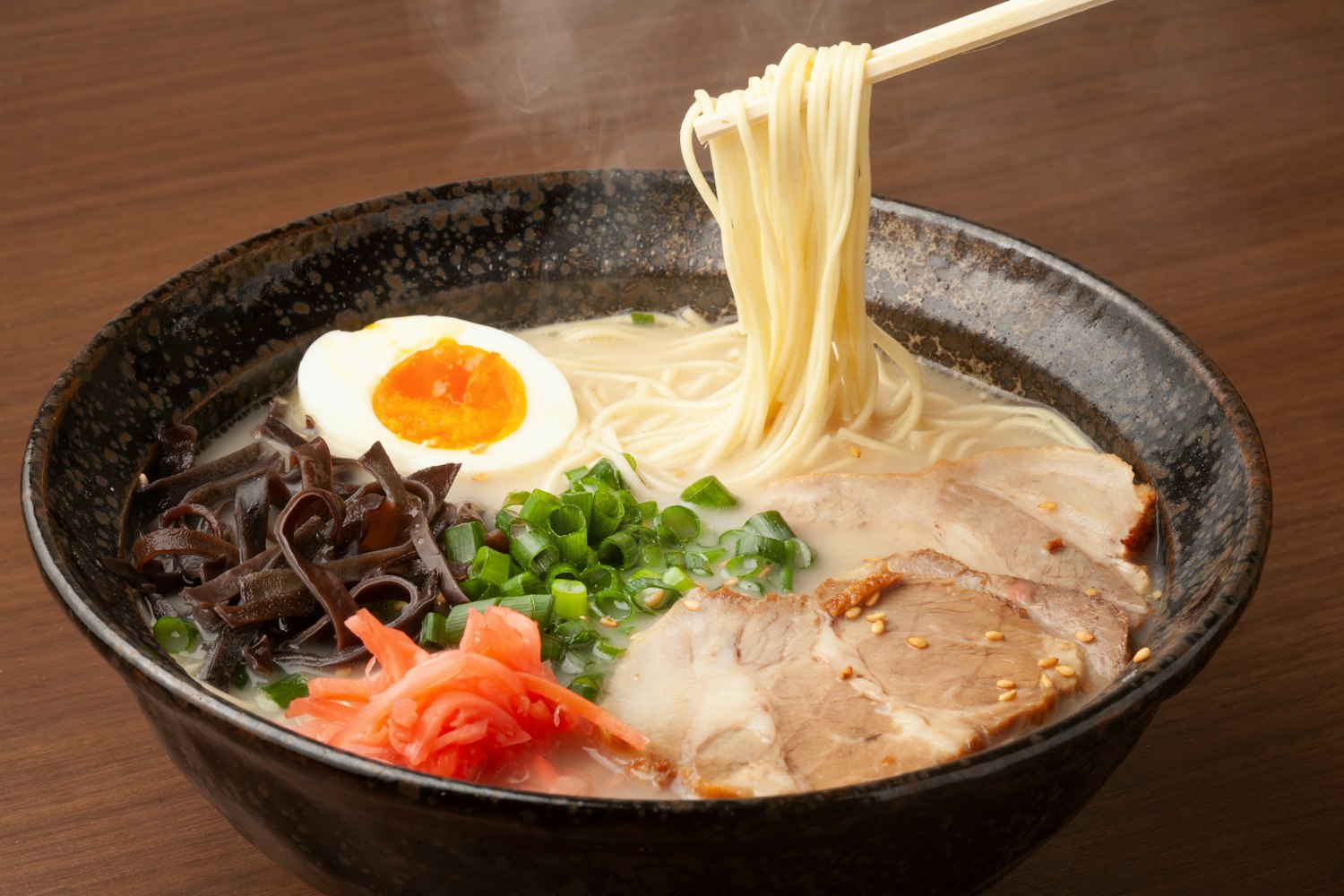
Choosing the right broth for your ramen is a matter of personal preference. Some people prefer a rich and creamy broth, while others prefer a lighter and more delicate flavor. Each type of broth has its own unique flavor profile, and it's worth trying them all to see which one you like best.
Ramen has evolved over time, and each region in Japan has its own unique twist on the dish. Some popular regional specialties include:
Sapporo Miso Ramen: This hearty ramen hails from the northern city of Sapporo and features rich miso-based broth and thick, chewy noodles.
Hakata Tonkotsu Ramen: Originating from the southern city of Fukuoka, this ramen has a creamy and savory pork bone broth and thin, straight noodles.
Tokyo Shoyu Ramen: This classic ramen from the capital city features soy sauce-based broth, straight noodles, and simple toppings such as chashu and green onions.
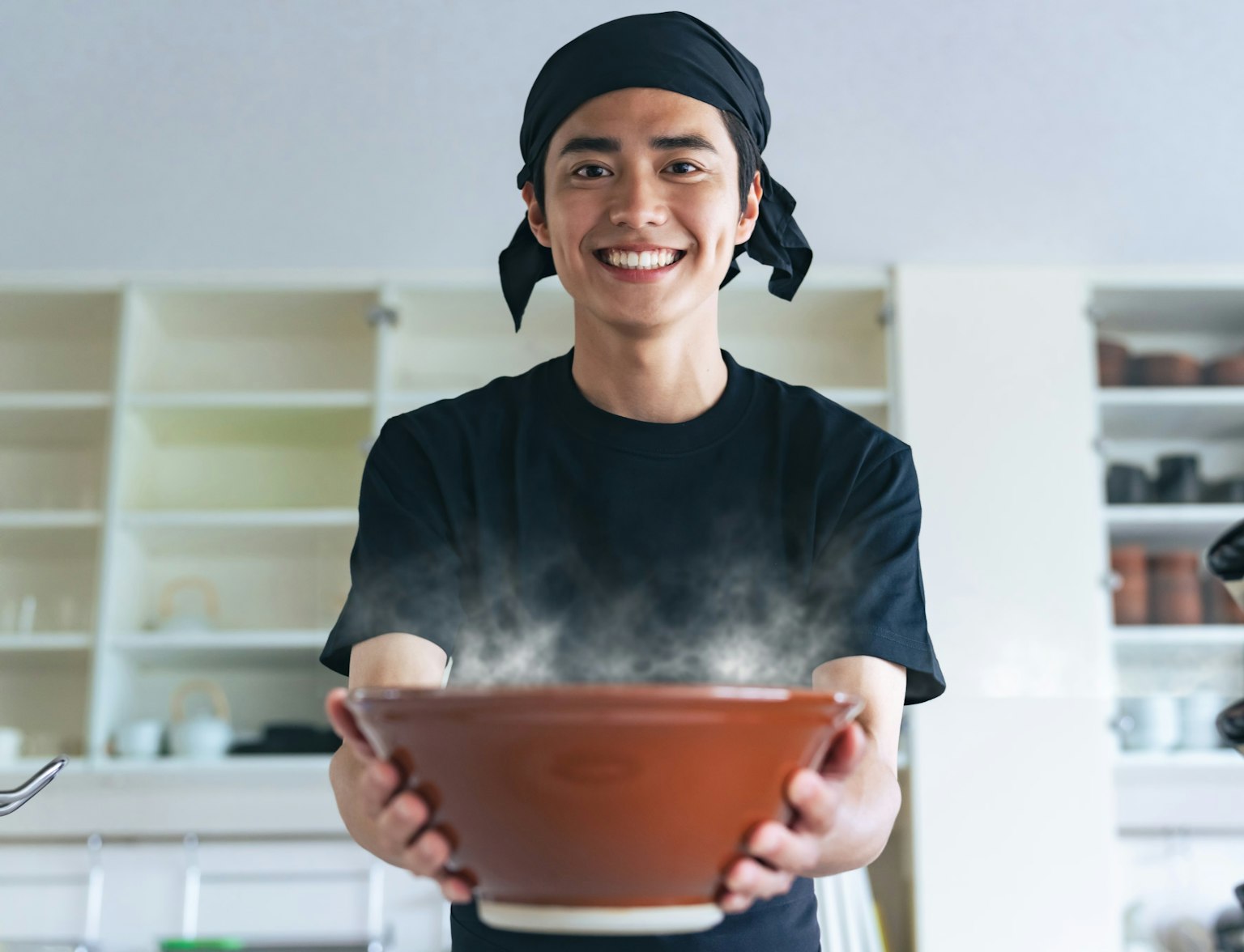
Make your own ramen with this class.
Tempura is a delicate and delicious Japanese dish that has captured the hearts of food lovers around the world. From seafood to vegetables and mushrooms, the possibilities for tempura ingredients are endless. Whether you're a seasoned tempura lover or a curious foodie, exploring the world of tempura is sure to be a delight for your taste buds. So grab your chopsticks, dip that tempura in tentsuyu, and savor the crispy, golden magic of this beloved dish.
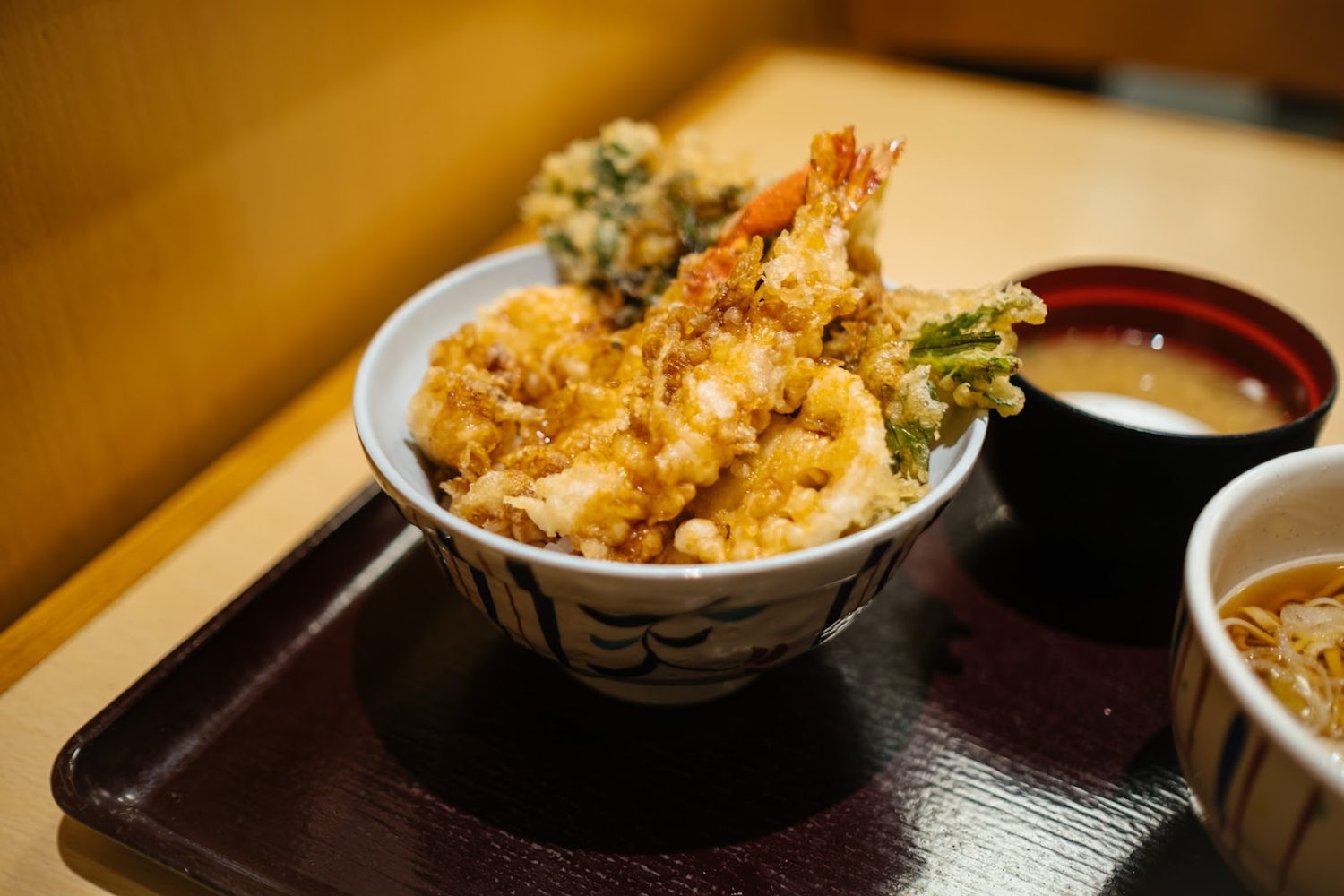
Japanese tempura is known for its light and crispy texture, which is achieved through the use of a batter that's made with ice-cold water, wheat flour, and sometimes eggs. The batter is mixed briefly to avoid an overdevelopment of the gluten, resulting in a light and airy texture when fried. The temperature of the oil is also crucial, as it needs to be hot enough to fry the ingredients quickly without burning the batter.
A good dipping sauce can elevate the flavor of tempura to a whole new level. The most common dipping sauce for tempura is tentsuyu, which is made with a combination of dashi (a type of broth), soy sauce, and mirin (a sweet cooking sake). The sauce is typically served with grated daikon radish and ginger, which helps to cut through the richness of the fried ingredients.
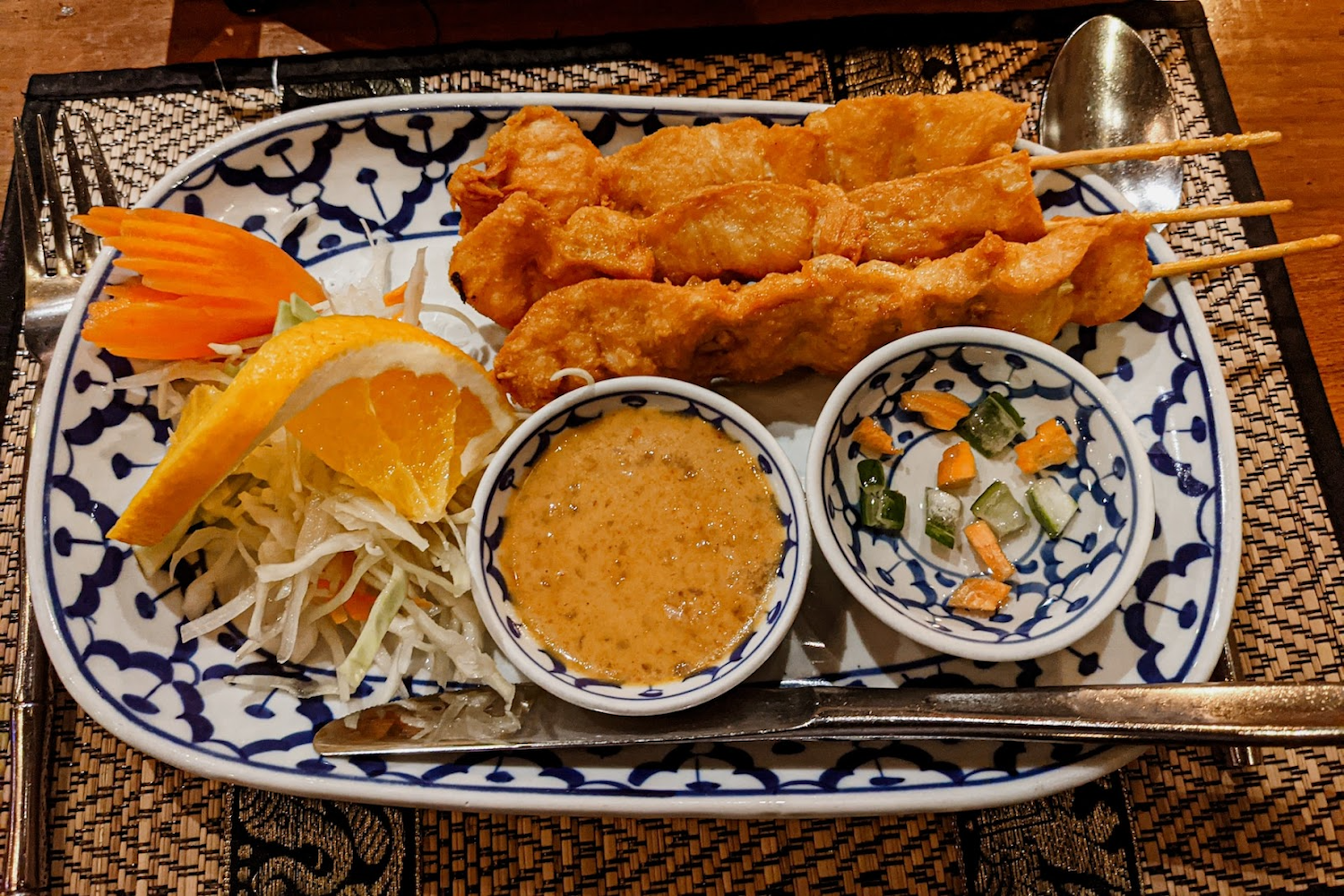
The quest for the ultimate tempura is a never-ending one, as there are endless variations and techniques to explore. Some chefs swear by using sparkling water in the batter, while others prefer to use a blend of different flours for added complexity. The key to perfecting tempura lies in finding the right balance of batter and ingredients, as well as mastering the technique of deep-frying.
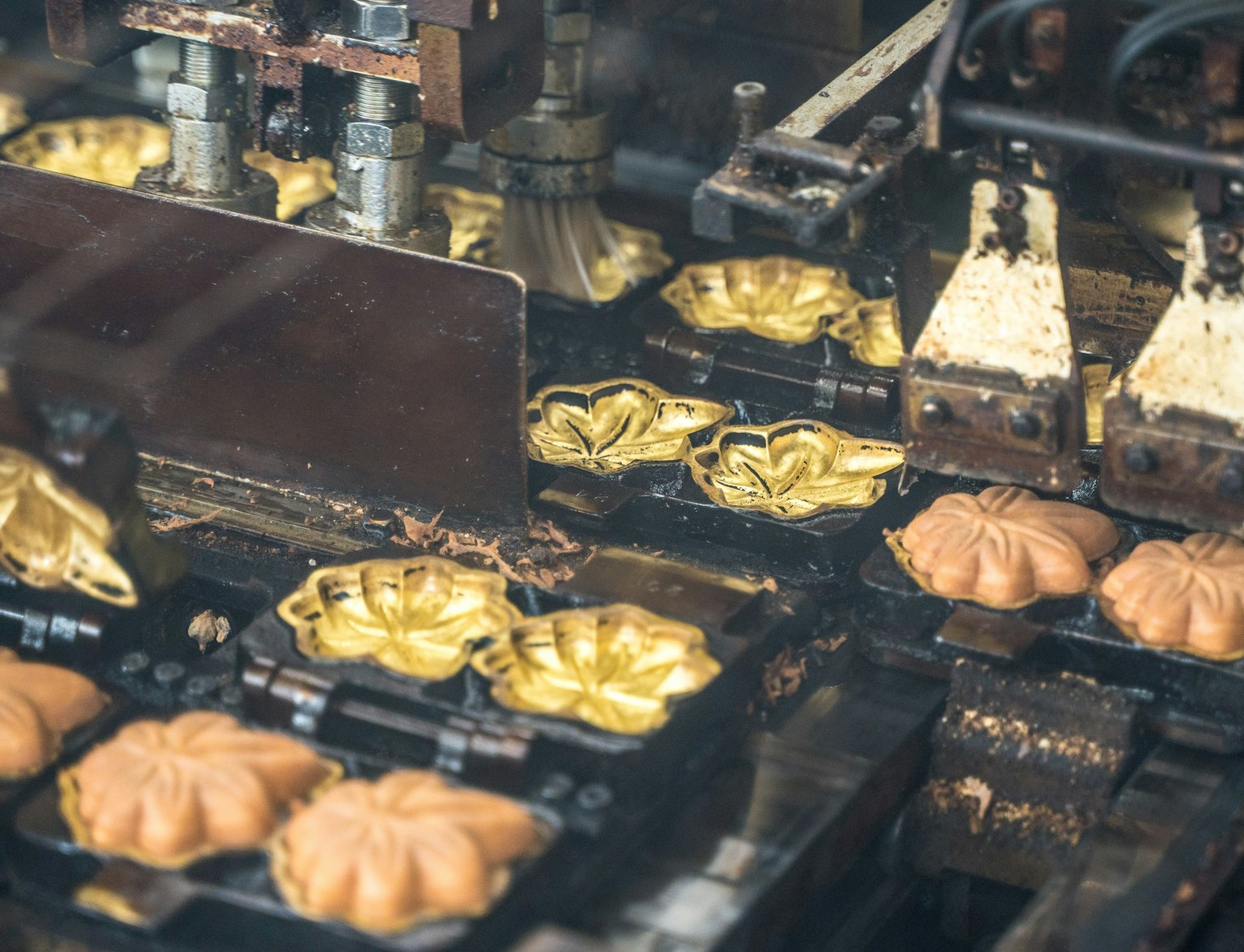
Savor the flavor of tempura in Tokyo.
Okonomiyaki is a popular Japanese dish that is a unique combination of a pancake and an omelet. It is a savory pancake that is made with flour, eggs, and shredded cabbage and mixed with an assortment of ingredients such as shrimp, pork, or octopus. Let's take a closer look at the okonomiyaki escapade and discover the secrets to making the perfect pancake.
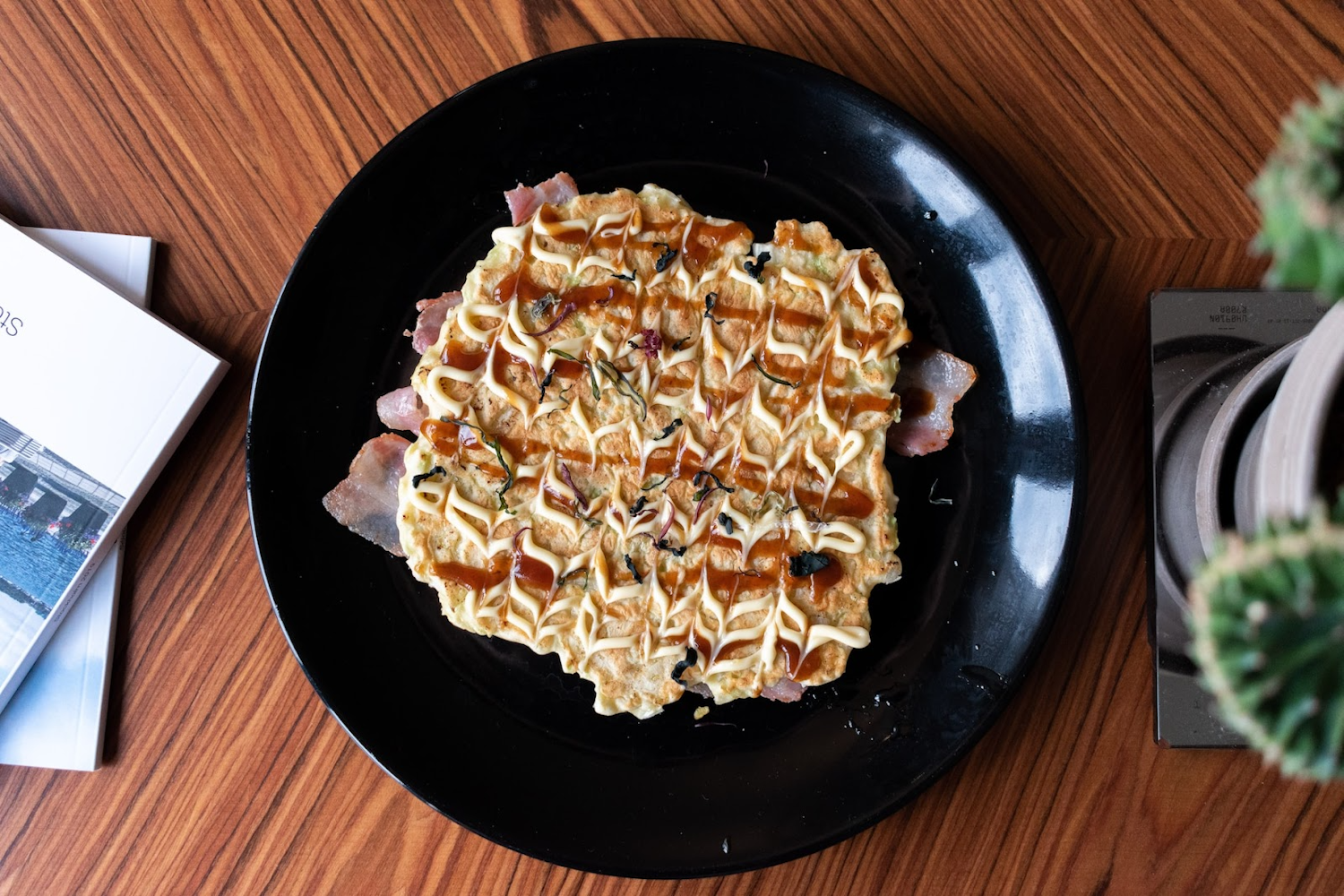
The interactive tableside cooking experience is one of the most exciting aspects of okonomiyaki. This unique cooking method allows customers to take control of their own meals and cook it to their liking. The hot plate built into the table adds a fun and interactive element to the dining experience, and it's no wonder that okonomiyaki restaurants are popular with both locals and tourists.
Before the cooking can begin, the batter must be prepared. The batter for okonomiyaki is a mixture of flour, eggs, and dashi broth, which gives the pancake a savory flavor. Some recipes also call for grated nagaimo, a type of yam, which gives the pancake a sticky texture.
Once the batter is mixed, the customer can start adding their desired ingredients. Vegetables like cabbage, green onions, and carrots are commonly used, as well as proteins like pork, shrimp, and squid. Some restaurants offer pre-made combinations, while others allow customers to choose their own ingredients.
Once the ingredients are added to the batter, it's time to cook the pancake. The customer pours the batter onto the hot plate and spreads it out into a circular shape. They can then add any additional ingredients on top, such as meat or cheese.
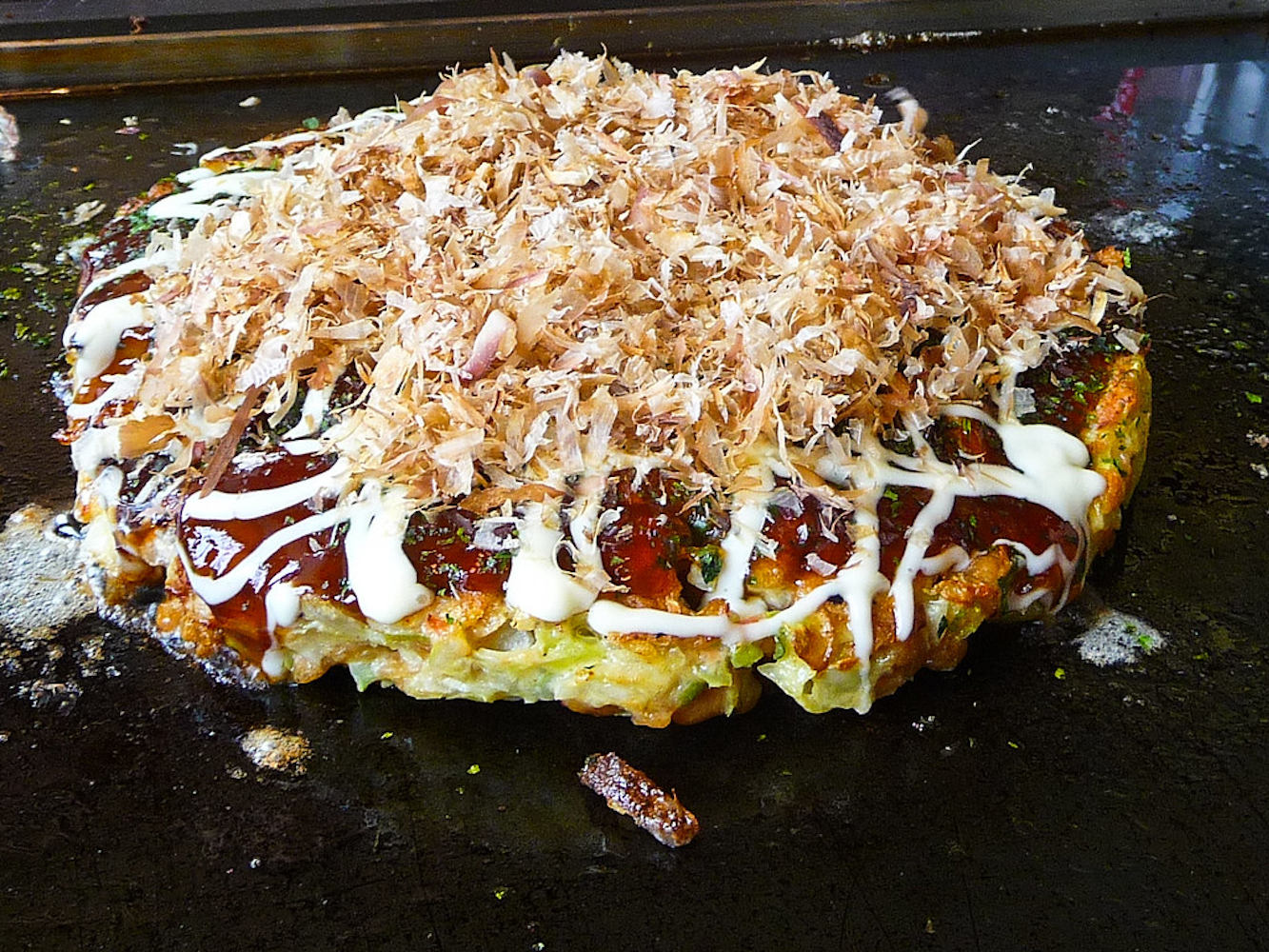
The pancake is cooked for several minutes on each side until it is golden brown and crispy. The customer can then flip the pancake using spatulas provided by the restaurant. Once both sides are cooked, the pancake is ready to be topped with sauces and additional toppings.
There are two main styles of okonomiyaki: Hiroshima-style and Osaka-style. The main difference between the two is the order in which the ingredients are layered. In Hiroshima-style okonomiyaki, the ingredients are layered on top of each other, while in Osaka-style, the ingredients are mixed into the batter. Both styles have their own unique taste and texture, and the debate over which is better is a never-ending one.
Read More: Exploring Osaka's Food Origins: A City Game Adventure
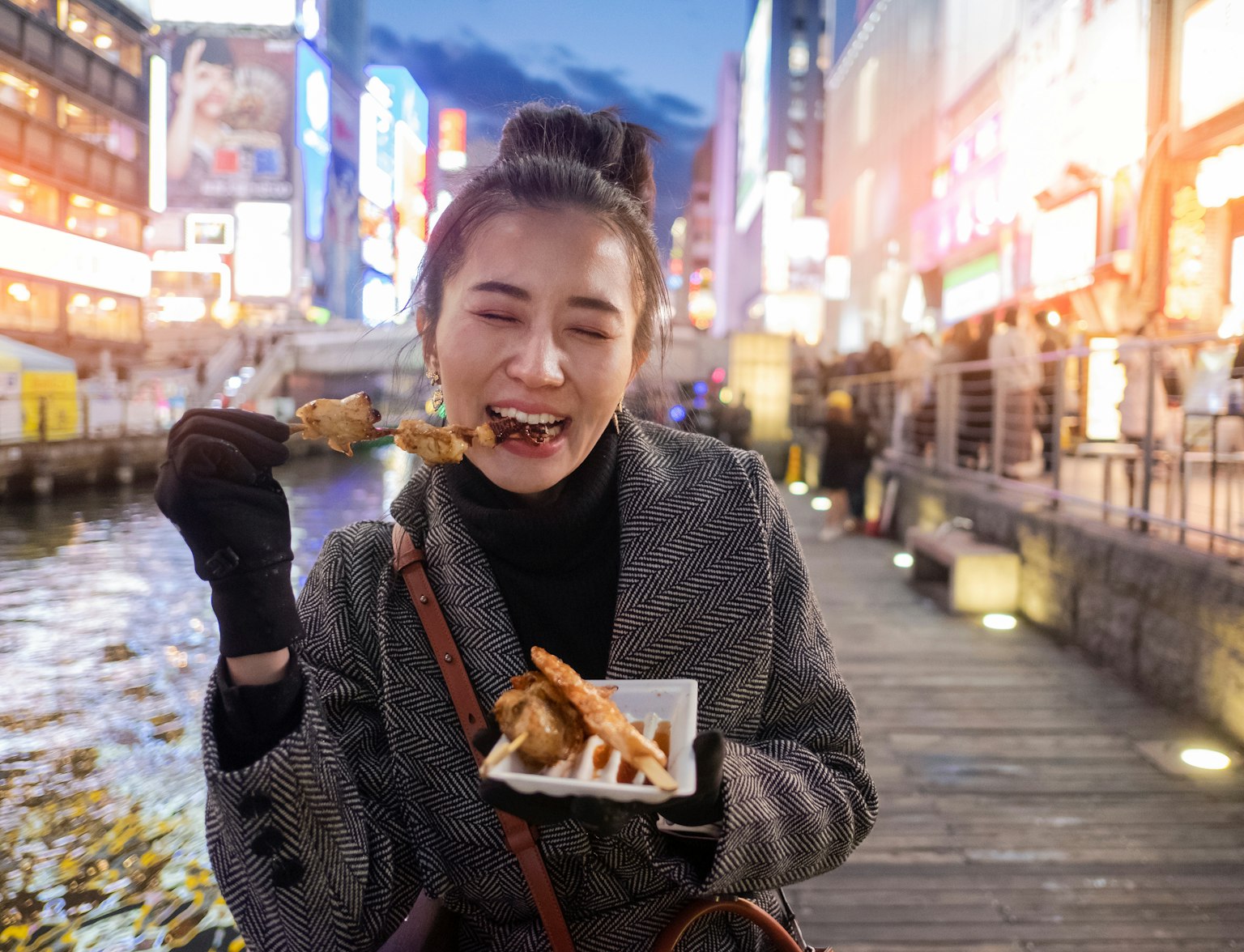
Try the delicious okonomiyaki in Osaka.
Kaiseki Ryori is the epitome of Japanese fine dining and is often considered to be one of the most sophisticated and elegant dining experiences in the world. This traditional Japanese cuisine is characterized by its emphasis on seasonal ingredients and the multi-course journey through taste and texture.
Kaiseki Ryori places great importance on using only the freshest and highest quality ingredients, which are in season and sourced locally. This results in a constantly evolving menu that reflects the changing seasons and showcases the natural flavors of each ingredient. Chefs who specialize in Kaiseki Ryori often visit local markets and farms to source their ingredients, ensuring that each dish is both delicious and authentic.
The multi-course meal in Kaiseki Ryori typically consists of between 8 and 14 courses, each of which is carefully crafted to showcase the flavor and texture of each ingredient.
The meal usually starts with a selection of small appetizers known as "sakizuke", followed by "hassun", which is a collection of small dishes that showcase the season's ingredients. This is followed by a soup course, a sashimi course, a grilled course, a simmered course, and finally a rice dish and a dessert. Each course is presented in a unique and beautiful way, with attention to detail paid to every aspect of the dish.
Kaiseki Ryori is a culinary art that demands to be savored and experienced in the right setting. Here's a guide to where and when you can indulge in this unforgettable Japanese dining experience:
Many high-end restaurants in Japan specialize in Kaiseki Ryori, offering an elegant and refined atmosphere to complement the food. These restaurants often feature minimalist decor, traditional Japanese design, and stunning views of the surrounding area. Some of the most famous Kaiseki Ryori restaurants in Japan are located in Kyoto, Tokyo, and Osaka.
For a more immersive experience, consider staying at a traditional Ryokan, or Japanese inn. Many ryokans offer Kaiseki Ryori as part of their hospitality, serving the multi-course meal in the comfort of your own room. These rooms typically feature tatami mats, futons, and shoji screens, providing an authentic Japanese experience.
Japan's cuisine is a rich and diverse world of flavors and textures, each dish a reflection of the country's culture and history. From the iconic sushi to the comforting bowl of ramen, the crispy magic of tempura, the savory delights of okonomiyaki, and the multi-course journey of Kaiseki Ryori, there's something for everyone to explore and savor. Japanese cuisine is not just about food, it's a sensory experience that immerses you in the culture and traditions of Japan.
So if you're a foodie or a traveler seeking to indulge in the wonders of Japanese cuisine, pack your bags, bring your appetite, and get ready to embark on a delicious adventure that is sure to leave you with memories that last a lifetime.
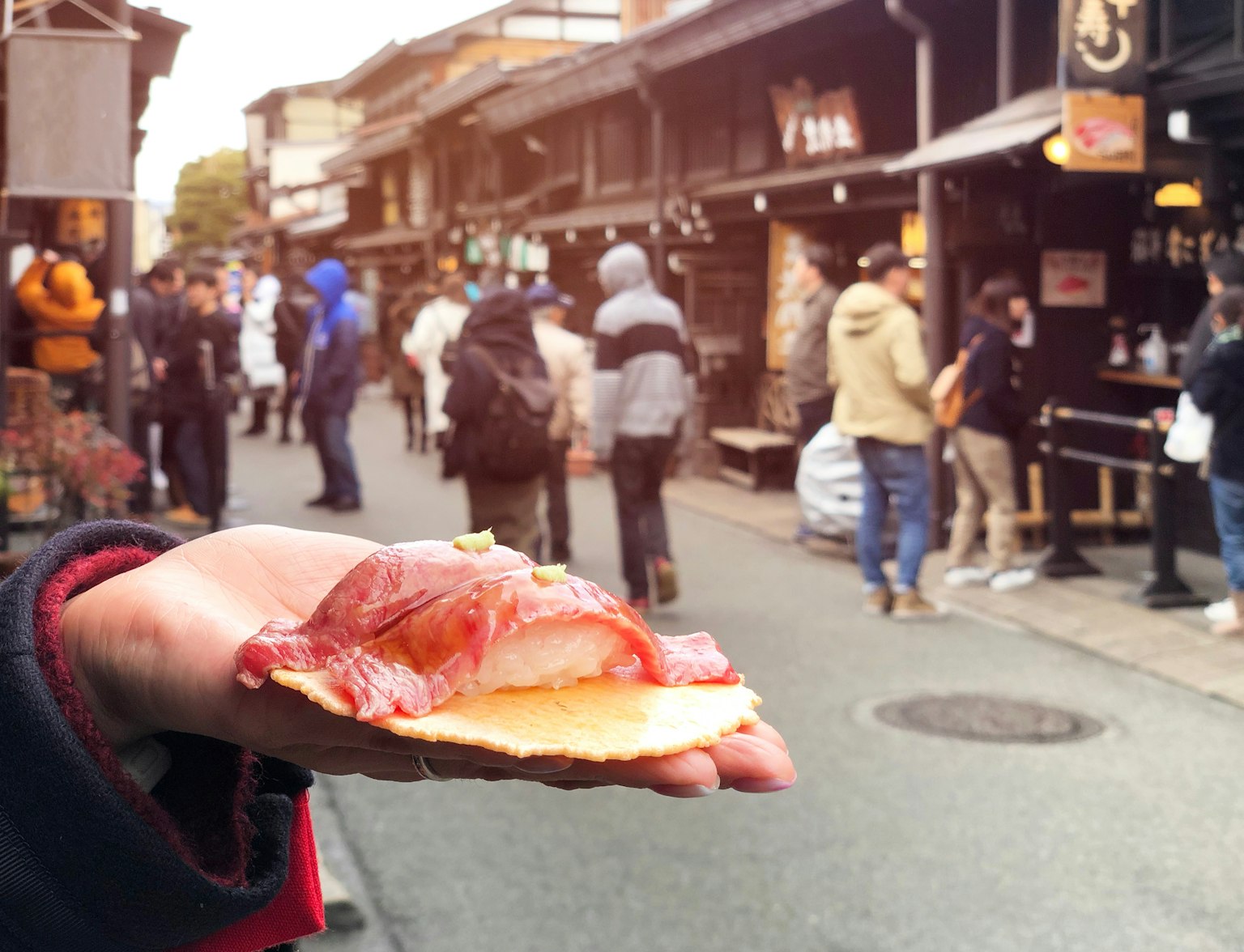
Indulge in the mouth-watering local cuisine of Takayama with this tour.
